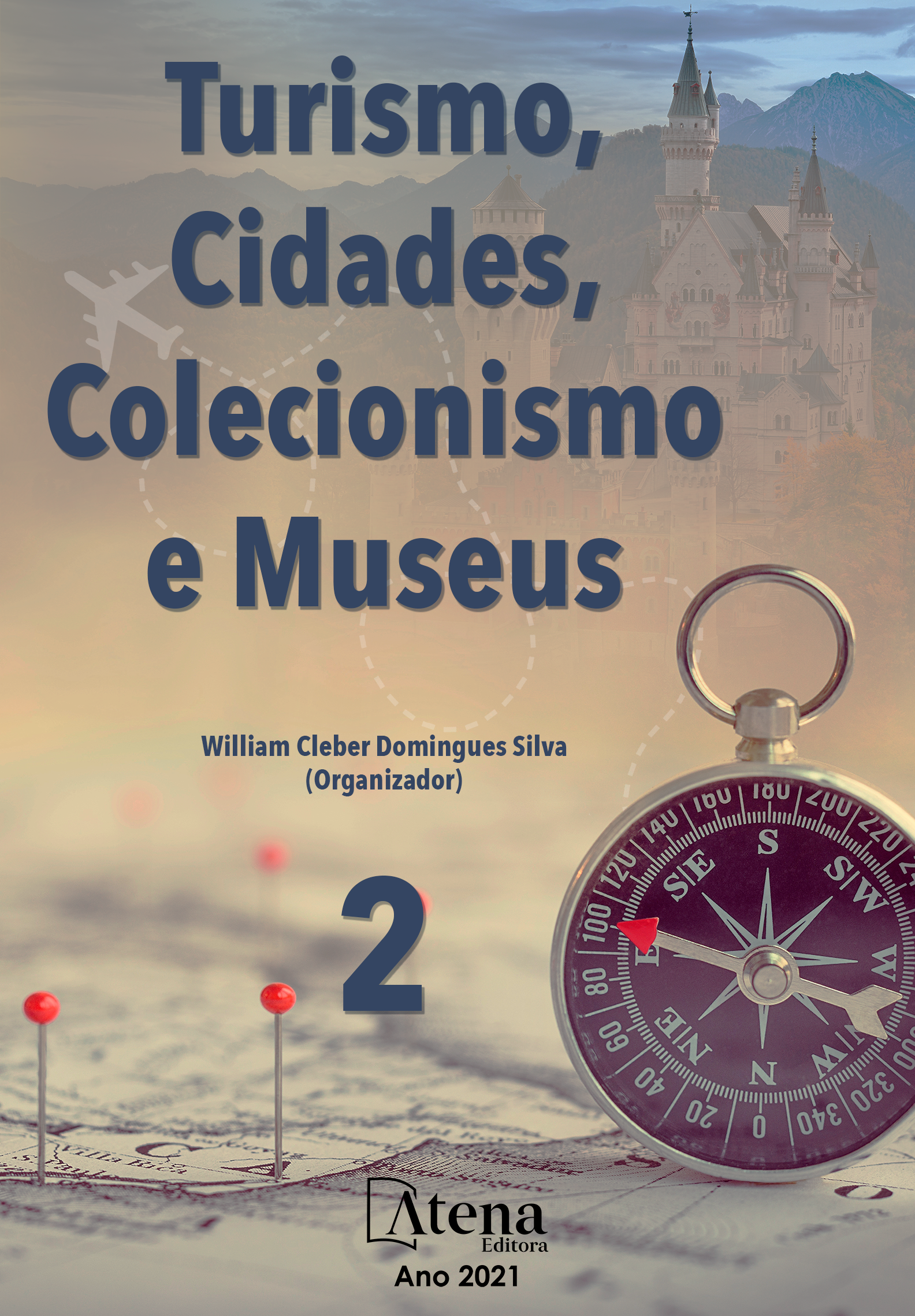
MARKETING TURÍSTICO ATRAVÉS DAS REDES SOCIAIS DE QUITO E SANTIAGO DE COMPOSTELA, CIDADES PATRIMÓNIO MUNDIAL
El concepto de Patrimonio Cultural es subjetivo y dinámico, no depende de los objetos o bienes materiales en sí, sino que depende de los valores que la propia sociedad les atribuya en un momento dado de la historia para que se determinen qué bienes son los que hay que proteger para conservar su legado para la posteridad.
Actualmente, son varios los documentos que consolidan la visión tan amplia y plural del patrimonio, abarcando tanto bienes materiales como inmateriales, que posean un valor significativo o testimonial de la cultura del lugar. No se establecen límites temporales, artísticos, o de cualquier otro carácter, ya que en cualquiera de ellos se puede encontrar un paisaje de valor cultural.
Este concepto de protección del patrimonio se encuentra incluido en la Convención sobre la protección del patrimonio mundial, cultural y natural, creada en 1972 por la UNESCO, que considera al patrimonio cultural dentro de diversas categorías.
Dentro de la categoría de conjuntos patrimoniales, se encuentran las ciudades Patrimonio de la Humanidad, nombramiento que constituye un honor y un reconocimiento internacional y, al mismo tiempo, supone una gran responsabilidad que asumen las administraciones locales para garantizar la protección, conservación del conjunto patrimonial y su valor para las generaciones futuras.
Existen diversas ciudades que han sido nombradas con este honor desde que se establecieron las Convenciones para la protección del patrimonio cultural, y dos de éstas son la ciudad de San Francisco de Quito, primera ciudad declarada “Patrimonio de la Humanidad” junto con la ciudad polaca de Cracovia; y la ciudad de Santiago de Compostela, perteneciente también al grupo de ciudades santas junto con Roma y Jerusalén.
Estas ciudades poseen muchas similitudes que las hacen tener un hilo de unión inquebrantable como son el ser capitales administrativas, en el caso de Quito capital del país, mientras que, Santiago es capital de la Comunidad Autónoma de Galicia; su poderío en cuanto a patrimonio eclesiástico por el gran número de templos, conventos, seminarios, e inclusive, las propias catedrales que se han convertido en el reclamo turístico para las dos ciudades; su geográfica accidentada o el clima.
Gracias al avance de la tecnología, ambas ciudades han podido crear proyectos de promoción turística a través de las redes sociales que, debido a la penetración adquirida, la facilidad y rapidez para la publicación de contenidos y para la interacción con los usuarios, así como la exponencial distribución de los mismos, ha convertido a estas redes en una oportunidad única para la comunicación turística.
Por ello, el objeto del presente proyecto es analizar estas redes sociales utilizadas como medio de comunicación y transmisión en estrategias de marketing y promoción; así como, saber si dichos proyectos han ayudado a posicionarse dentro del mercado turístico a nivel mundial.
MARKETING TURÍSTICO ATRAVÉS DAS REDES SOCIAIS DE QUITO E SANTIAGO DE COMPOSTELA, CIDADES PATRIMÓNIO MUNDIAL
-
DOI: 10.22533/at.ed.7092123092
-
Palavras-chave: Quito, Santiago de Compostela, Redes Sociales, Promoción Turística, UNESCO.
-
Keywords: Quito, Santiago de Compostela, Social Networks, Tourism Promotion, UNESCO.
-
Abstract:
The concept of Cultural Heritage is subjective and dynamic, it does not depend on the objects or material goods themselves, but depends on the values that society itself attributes to them at a given moment in history so that they determine which goods are the ones that must be protected to preserve their legacy for posterity. Currently, there are several documents that consolidate the broad and plural vision of heritage, covering both tangible and intangible goods, which have a significant or testimonial value of the culture of the place. No time, artistic, or any other character limits are established, since in any of them you can find a landscape of cultural value.
This concept of heritage protection is included in the Convention on the Protection of the World Cultural and Natural Heritage, established in 1972 by UNESCO, which considers cultural heritage within various categories. Within the category of heritage sites, there are the World Heritage Cities, an appointment that constitutes an honor and an international recognition and, at the same time, supposes a great responsibility that local administrations assume to guarantee the protection, conservation of the heritage complex and its value for future generations.
There are several cities that have been named with this honor since the Conventions for the protection of cultural heritage were established, and two of these are the city of San Francisco de Quito, the first city declared a "World Heritage Site" along with the Polish city of Krakow; and the city of Santiago de Compostela, also belonging to the group of holy cities along with Rome and Jerusalem.
These cities have many similarities that make them have a thread of unbreakable union such as being administrative capitals, in the case of Quito capital of the country, while, Santiago is capital of the Autonomous Community of Galicia; its power in terms of ecclesiastical heritage by the large number of temples, convents, seminaries, and even the cathedrals themselves that have become the tourist attraction for the two cities; its rugged geography or climate.
Thanks to the advance of technology, both cities have been able to create tourism promotion projects through social networks that, due to the acquired penetration, the ease and speed for the publication of content and for interaction with users, as well as the exponential distribution of the same, has turned these networks into a unique opportunity for tourism communication. Therefore, the purpose of this project is to analyze these social networks used as a means of communication and transmission in marketing and promotion strategies; as well as, to know if these projects have helped to position themselves within the tourism market worldwide.
-
Número de páginas: 14
- Pamela Belén Tipán Fraga


